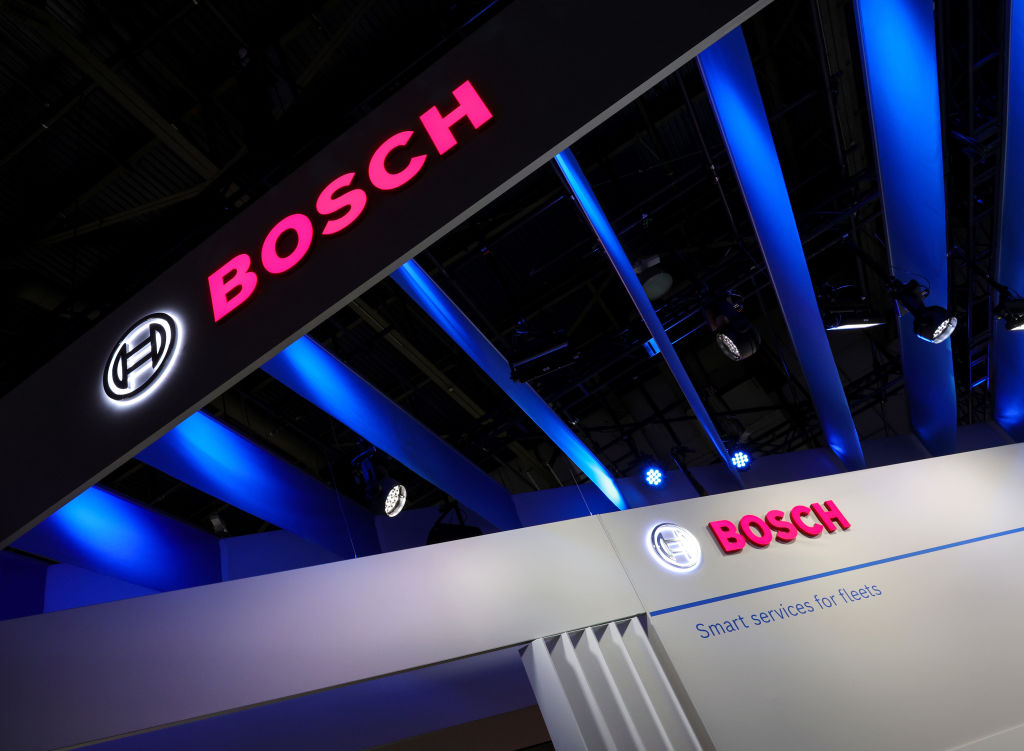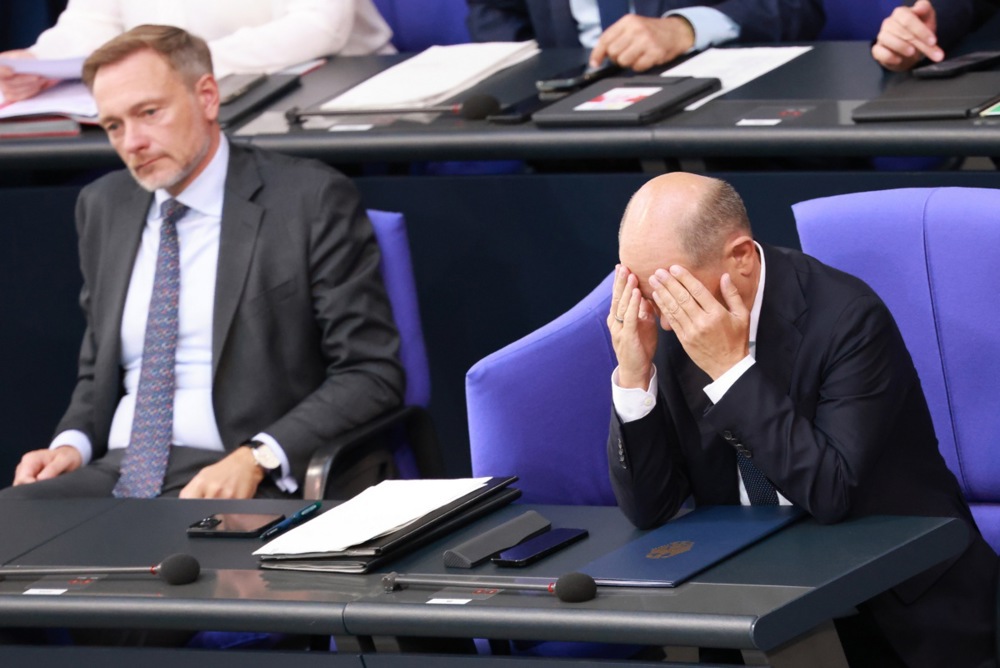The German economy appeared set to show some growth again after three years of dismal results.
According to the Munich-based Ifo Institute for Economic Research and the Kiel Institute Summer Forecast report on June 12, German economic growth was set to accelerate more than anticipated.
Gross domestic product could increase by 1.5 per cent in 2026, almost twice as much as the 0.8 per cent originally assumed. That would mark a breakaway from the years of zero-growth and recession the country has been experiencing, according to Ifo.
For 2025, the economic forecast was also slightly raised, from 0.2 to 0.3 per cent growth.
The Kiel Institute put it for 2026 at 1.6 per cent.
“The crisis in the German economy reached its low point in the winter half-year. One reason for the growth spurt is the fiscal measures announced by the new German government,,” said professor Timo Wollmershäuser, deputy director of the Ifo Centre for Macroeconomics and Surveys and Head of Forecasts.
Stefan Kooths, head of forecasting at the Kiel Institute for the World Economy (IfW Kiel), said: “Leading indicators support our view that, after two years of contraction, the industrial sector has reached the trough – albeit at a low level.
“The recovery is largely being driven by domestic factors. After a two-year drought, private consumption is rising noticeably again, and corporate investment is beginning to pick up.”
Private-sector momentum, though, remained weak the forecasters said.
Next to the announced German Government measures, Ifo also noted optimistic sentiment indicators it linked to “hopes for a reboot of economic policy with the new German government and progress in the trade conflict with the US”.
It was assumed that there would be no further changes to US trade policy.
“Nevertheless, the tariff increases on EU imports that have already come into force are weighing on export business. According to model calculations, they will dampen German GDP growth by 0.1 percentage points in 2025 and by 0.3 percentage points in 2026”, the report noted.
Moritz Schularick, president of the Kiel Institute, said: “Trade policy risks remain substantial. The erratic tariff policy of the United States continues to fuel uncertainty for German foreign trade.”
In addition, German exporters were still hampered by significantly reduced competitiveness, he said.
Tax incentives such as accelerated depreciation, a reduction in VAT in the hospitality sector, electricity tax, and grid fees, as well as a higher commuter allowance, were expected to cause a boost in the economy worth €57 billion in 2026.
“As a result, government consumption and investment expenditure as well as corporate investment are likely to increase noticeably, particularly in the coming year”, Ifo predicted.
“Average quarterly GDP growth will increase to 0.4 per cent in 2026, meaning that the underutilisation of overall economic capacity will gradually decrease and the German economy will enter a recovery phase.”
It went on to say: “Overall, price-adjusted gross domestic product will rise by 0.3 percent in 2025 and by 1.5 percent in 2026.
“Compared to the spring 2025 forecast, the growth rates have thus been raised by 0.1 and 0.7 percentage points respectively. The revision is mainly due to the additional fiscal stimuli, which will increase real GDP by around €25 billion in 2026.”
Inflation is likely to remain unchanged at 2.0 per cent in 2026, the report said.
Ifo predicted: “The general government financing deficit will fall from 2.7 per cent of GDP in 2024 to 2.3 per cent in the current year. It is expected to rise to 3.4 per cent in 2026 due to expansionary measures. The gross debt will increase accordingly from 62.5 percent to 64 percent of GDP.”
That recovery should lead to positive signs on the labour market but the effects were set to remain limited due to demographic trends and the number of people of working age will fall from 2025.
In the eurozone there was modest growth early in the year, driven by frontloaded US exports. Consumer demand remained weak despite low inflation and rising incomes,, the report said.
The European Central Bank (ECB) cut interest rates sharply but looming US tariffs were fuelling uncertainty and dampening investment.
In the US, trade policy was erratic, Ifo said, with steep tariffs on China partially rolled back.
While the economy held up, consumer spending slowed, savings rose and production dipped due to increased imports, according to the forecasters.
Inflation was set to rise temporarily but ease later. The US Federal Reserve was likely to cut rates again by end-2025.
China faced slower growth, mainly due to weak demand and earlier inventory build-up.
Globally, trade tensions were weighing on activity. Ifo predicted world growth would likely be limited to around 2 per cent, with global trade set to shrink slightly in 2026.
The Kiel Institute said the world economy would see a slowdown “primarily driven by a marked loss of momentum in the United States, while China’s economy continues to lack dynamism. In contrast, the European economy is expected to see a modest recovery”.





